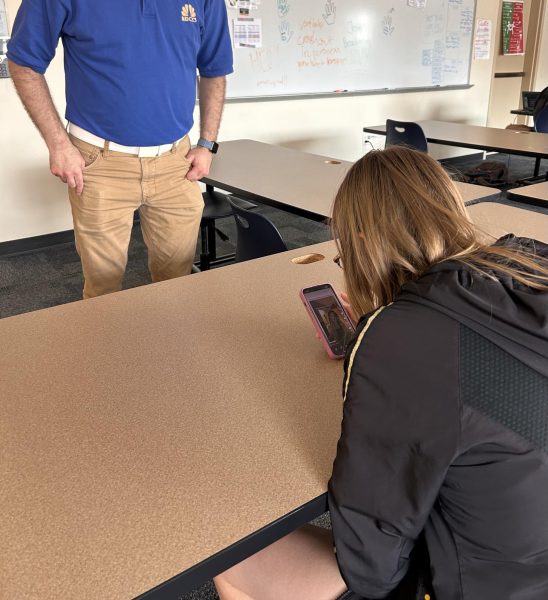White House working to ease student debt
Amongst the rising cost of post-secondary education and the economic burdens of the COVID-19 pandemic, the Biden administration announced a student loan relief program on August 24. This plan, categorized into three parts, aims to provide targeted relief, cut loan payments in half, and protect future borrowers.
In 1972, the Department of Education aimed to make education more affordable for low to middle-income students with the creation of the Pell Grant. This grant provided tuition assistance to disadvantaged students, covering up to ¾ of the costs to make post-secondary education accessible for all classes. As the cost of tuition has rocketed since the ‘70s and the COVID-19 pandemic has unleashed harsh economic burdens, the Pell Grant’s effectiveness has declined immensely. The Washington Post reveals that recipients can now only expect ¼ of their tuition to be covered, forcing students to take out multiple loans that severely indebted them. According to the Department of Education, the typical undergraduate student is left with $25,000 of debt while a ⅓ of students are left without a degree due to the extreme cost of attendance. The undue burden placed on lower-income students, disproportionately Black students, has made post-secondary education unrealistic due to its costly nature.
In the face of extreme tuition costs, Biden’s plan to eliminate the student debt crisis begins with targeted relief to students most in need. According to a statement released from the White House, recipients of the Pell Grant are eligible to receive up to $20,000 in tuition forgiveness while students whose families make under $125,000 a year can receive up to $10,000. The financial aid opportunity granted to these students does not apply to the top 5%, providing significant relief to struggling families and making college a more equitable experience for all students. In addition to debt cancellations, students with outstanding loans can expect loan payments cut in half and forgiven after 10 years to ease the burden of repayments. If a student’s income is considered low enough, payments become paused without any interest rate growth. The final aspect of Biden’s plan aims to protect future students by reducing tuition costs and monitoring any spikes in costs. To keep costs under control, the Department of Education has taken initiative to publish annual watchlists of college programs with increasingly worse debt levels across the nation. If the Biden administration’s plan goes accordingly, intended results will include relief to 43 million low and middle-class students of all ages and a decrease in the racial wealth gap.
The Biden administration’s plan to reduce the student debt crisis has faced economic and legal criticisms from several parties. While Biden ensures his relief plan will not be taxed at the federal level, specifications for states were not outlined in his plan, putting thousands of students at risk of state taxation. According to Forbes, when debts are forgiven, borrowers can be sent Form 1099-C during tax season which requires students to count the money forgiven as income to be taxed. If Biden’s plan is not strengthened to protect students from all levels of taxation, students could be hit with unexpected taxes. Critics of the Biden Administration’s debt canceling initiative believe his plan will face legal challenges, limiting or eliminating relief given to students. While the White House has ensured the legality of its plan, ABC news reports that some experts believe that the major question doctrine will be invoked. The major question doctrine requires Congress to explicitly grant agencies to pass sweeping legislation, such as canceling student debt. Adam S. Minsky, a student loan attorney, explained that Biden’s executive action to implement this plan could be seen as “running afoul of congressional intent.” If the White House can escape legality issues, students can expect to see differences in their account balance by early-to-mid November.

Meredith is a senior at ALHS and this is her first year in newspaper. In her free time, she enjoys reading, swimming, and hanging out with her friends...







